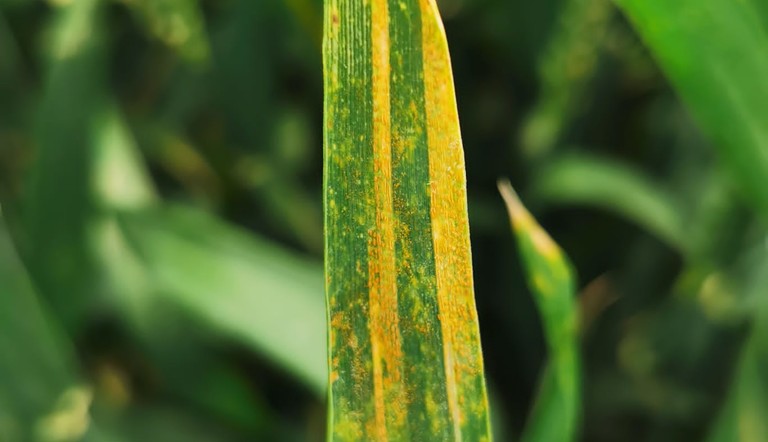
Warm winter weather warning for wheat growers

Yellow and Brown Rust (Puccinia spp.) are fungal diseases affecting wheat, barley and triticale. Characterised by yellow-orange or orange-brown pustules, symptoms typically begin in the autumn and develop slowly over winter. If left untreated, severe infections will attack plant ears, resulting in yield losses of 40-50% in the very worst cases.
“Rust symptoms can be difficult to spot during the early autumn, and usually only become readily apparent in the spring when temperatures ranging from 2 to 15 °C accelerate growth, resulting in obviously diseased leaves,” explains Andy Bailey, cereal fungicides Technical Specialist for ADAMA Agricultural Solutions.
With the Met Office predicting the on-going mild weather conditions to continue well into January, Mr Bailey warns that this year’s disease pressure could wreak havoc on over-wintered crops.
“Both diseases are favoured by mild winters,” he explains. “To date, its been the fourth warmest start to December on record with temperatures 3.2°C higher than average for this time of year. If conditions remain mild beyond the period currently being forecast, and if we don’t get the heavy frosts needed to kill off existing rust inoculum, we could see extremely high levels of infection in the spring.
”Being complacent and waiting for frosts to protect crops simply isn’t an option Andy cautions: “Especially as achieving high yields is essential against the backdrop of poor crop prices. If those frosts don’t materialise, disease carry over will be high. Unless farmers deal with the problem early in the spring, they could be left chasing disease for the rest of the season to the detriment of yields.”
Mr Bailey therefore urges growers to protect crops with an application of epoxiconazle at T0. “Triazole products such as Cortez can be used as the backbone of disease control in wheat. Applied at T0, its 125g/l (12.1% w/w) epoxiconazole content provides early season protection and curative activity against a range of major wheat diseases, including Yellow and Brown Rust.
“Cortez can also be used as a key component of Septoria management and is therefore ideal for tackling this year’s elevated disease pressures.”